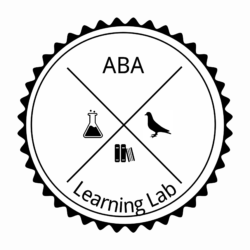Lauren DeClaire, M.A., BCBA
Differential Reinforcement Procedures are a widely-used program in ABA when treating challenging behaviors. When decreasing a problem behavior and increasing an alternative response, it is likely the BCBAs first attempts will be utilization of reinforcement contingencies. A lot of the time, some sort of differential reinforcement (DR) procedure is implemented to increase a specific alternative behavior that produces the same outcome. But when you’re faced with a challenging behavior and a challenging situation, what is the process we should go through to determine what works for that child?
Here are some things to check off your “to do” list while creating the Behavior Intervention Plan (BIP)
Define the problem behavior(s)—One mistake practitioners may make is to talk about and treat the behavior as if they are all part of the same response class. For example, lumping a group of behaviors into one broad definition (i.e. tantrums). Each problem behavior should be operationally defined and treated separately. It’s also important for the BCBA to determine whether or not the behaviors serve the same function, but may just be topographically different. Or they may serve different functions, and therefore should be treated differently.
Determine the function— without knowing the function of the behavior, a DR procedure will most likely not be very effective in decreasing the problem behavior. Once you have determined the function of the behavior and have collected steady baseline data, you’ll want to determine the appropriate DR procedure and replacement behavior.
Determine the alternative, incompatible or communicative behaviors—Once the function of the problem behavior is determined then you’ll need to operationally define the replacement behavior you will be teaching the client. This behavior should be something easy enough for them to perform and something that the practitioner can shape using differential reinforcement procedures of closer approximations of the behavior. You’ll also want to ensure that your alternative response produces the same outcome as the problem behavior. The alternative response should also produce a larger, better, more powerful reinforcer.
It is important to note that these initial steps are only the beginning of an longer process to treating problem behaviors. When creating intervention plans for challenging behaviors a certified BCBA should always be consulted and the appropriate steps within a Functional Behavior Assessment should be conducted. Stay tuned for future blog posts on FBAs!

